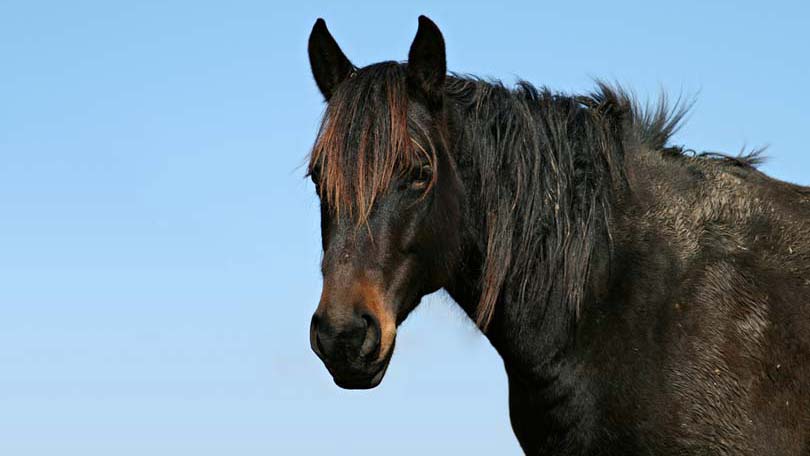
Riding without reins is really just an illusion that impresses people. Most professional trained show horses, especially the working western breeds, as accustomed to this level of accomplishment in their daily lives.
Riding without reins is a step that is taken from the beginning of training. Using leg and seat aids in conjunction with rein cues signify that the horse should associate one with the other. Eventually the horse will learn to respond to a change in seat or leg cue the same way he would respond to a tug of the rein.
Many horses, as well as some riders, want to believe that a leg command means that the horse should move forward or increase speed. While there are some instances where this is true, training the horse that legs do not mean go is the first thing a young horse should learn. Horses are taught to move away from leg pressure, turning right when the left leg is applied. This does not mean to speed up while turning, and the rein should be used as a block until the horse grasps this concept. Keep turning the horse in smaller circles until he remains at a constant speed. Remember to bump the right rein to encourage this direction while keeping the left rein taught enough so that the horse can feel the pressure against his neck. If you utilize the right rein solely, the horse is apt to turn right while allowing his ribs and hips to fall to the left, or outside. Encourage the body to follow the head with the leg aids and by using both reins.
When asking the horse to set his head, a person will bump the reins of a curb bit, or run a snaffle. While doing this, use your heels to encourage the horse to lift up it’s back. One way to simulate this exercise in an easy to learn fashion is to do the same thing while backing the horse. When asking to back, bump your feet against the sides of the horse. Do so faster to encourage him to back quickly, slower when you want him to slow. A horse needs to raise his back and lower his head to back, and eventually this will equate to the same cue being asked when moving forward. Now when you use your heals at the same time as the rein aid, your horse should simultaneously raise his back, set his head, and slow down; all in expectation of the back.
When asking your horse to stop, the backing exercise will again help. First, say ‘whoa’, use your rein aid, and push your feet out in front of you while pushing down with your seat. These are the cues utilized by most reining horses. Finishing this process with the backing exercise will instill the technique in your horse. He will eventually learn to recognize the position of your feet and seat as the command for stopping. You should also be able to back him with just the bumping of your feet.
After repeating these techniques over the course of months, even years, your horse should eventually stop, turn, and respond to any command without reins. No matter what activities you and your horse indulge in, he will become more responsive to you and your cues, and they will be subtler. This type of training will impress fellow equine enthusiasts, as well as prepare your horse for a flawless show ring appearance. Judges do not want to see a rider pulling and tugging at a horse’s mouth in order to garner a response.
